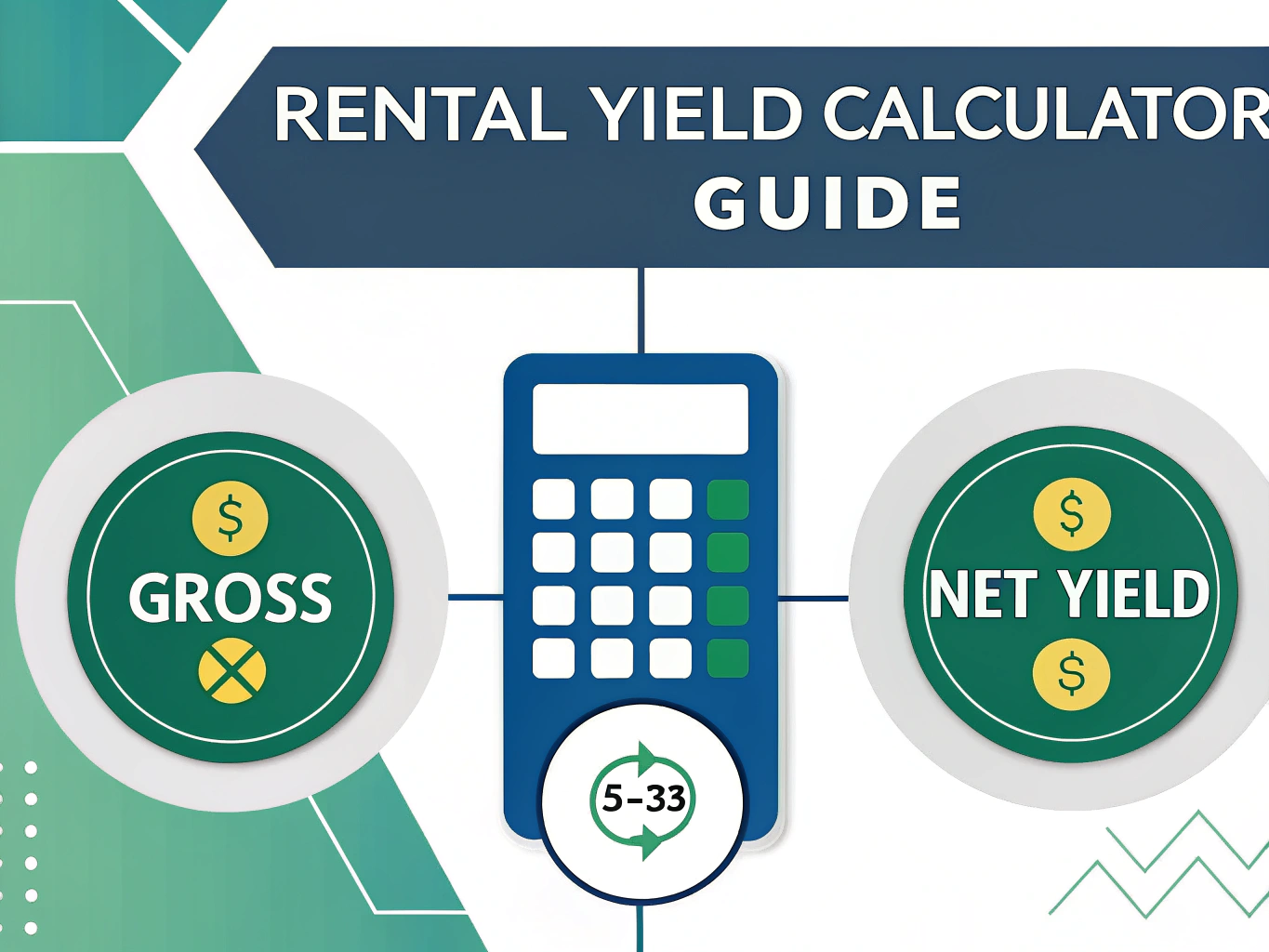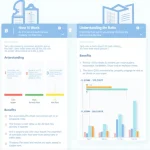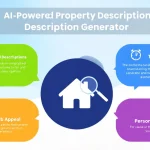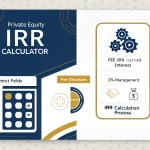Rental Yield Calculator
Is this tool helpful?
How to Use the Rental Yield Calculator Effectively
Follow these steps to calculate your property’s rental yields accurately:
- Enter the Current Property Value: For example, use $680,000 for a city condo or $420,000 for a country house.
- Input the Total Annual Rental Income: Examples include $28,000 from a downtown apartment or $15,600 for a rural property.
- Add All Annual Expenses: Include costs like maintenance, property taxes, insurance, and management fees. Use amounts such as $6,200 or $3,400 depending on your property.
- Click “Calculate Yields” to see both gross and net rental yields displayed as clear percentages.
Understanding the Rental Yield Calculator
This rental yield calculator helps property investors and real estate professionals evaluate the return on investment for rental properties quickly and accurately. It computes two key metrics:
- Gross Rental Yield: Shows potential returns before expenses.
- Net Rental Yield: Reflects actual returns after deducting annual costs.
By calculating both yields, you gain a clearer picture of your property’s financial performance and can compare investments more effectively.
Key Formulas Used in the Calculator
The calculator uses these mathematical formulas:
Gross Rental Yield:
$$\text{Gross Rental Yield} = \frac{\text{Annual Rental Income}}{\text{Property Value}} \times 100\%$$
Net Rental Yield:
$$\text{Net Rental Yield} = \frac{\text{Annual Rental Income – Annual Expenses}}{\text{Property Value}} \times 100\%$$
Practical Examples of Rental Yield Calculations
Here are real-world scenarios showing how to apply these formulas:
Example 1: Coastal Apartment Investment
- Property Value: $720,000
- Annual Rent: $36,000
- Annual Expenses: $7,200
- Gross Yield: 5.00%
- Net Yield: 4.00%
Example 2: Suburban Family Home
- Property Value: $310,000
- Annual Rent: $22,400
- Annual Expenses: $5,600
- Gross Yield: 7.23%
- Net Yield: 5.45%
Why Rental Yields Matter in Property Investment
Rental yields are vital indicators for assessing rental property performance and potential profit. They help you:
- Compare various property investments objectively based on expected returns
- Evaluate rental income against market standards to avoid overpaying or underselling
- Make informed decisions when buying or selling rental properties
- Assess financial feasibility and plan investment strategies
- Monitor ongoing rental performance to optimize cash flow
Who Benefits from Using the Rental Yield Calculator?
Property Investors
- Assess potential investments quickly
- Compare profitability across properties
- Manage existing rental portfolios
- Set competitive rental pricing
Real Estate Agents
- Show clients property returns clearly
- Create compelling investment proposals
- Support pricing negotiations effectively
- Perform accurate market analyses
Property Managers
- Set competitive rent rates based on yields
- Justify management fees to owners
- Plan property maintenance budgets
- Report financial performance to clients
Implementing Investment Strategies with Rental Yield Data
The rental yield calculator supports these investment approaches:
- Optimize cash flow by identifying high-yield properties
- Diversify your portfolio using yield comparisons across markets
- Time market entry by tracking yield trends over time
- Manage risk by balancing gross and net yield expectations
Frequently Asked Questions About Rental Yields
What is a good rental yield for investment properties?
A typical rental yield ranges from 5% to 8% for residential properties. Higher yields indicate better cash flow but may accompany higher risks or lower capital growth potential, especially in urban areas.
Why do gross and net rental yields differ?
Gross rental yield shows returns before deducting expenses, while net rental yield accounts for operating costs like taxes, insurance, and maintenance. Net yields provide a more realistic view of profitability.
Should I rely more on gross or net rental yield?
Use net rental yield for accurate investment analysis because it factors in expenses. Gross yield is useful for quick property comparisons but can be misleading on its own.
How often should I calculate rental yields for my properties?
Calculate yields at least once a year or whenever your property’s value, rental income, or expenses change significantly. Regular calculations help you make timely investment decisions.
Can this rental yield calculator be used for commercial properties?
Yes, it works for both residential and commercial properties. Keep in mind that commercial properties often have different expense structures and yield benchmarks.
How do rental yields relate to capital growth in property investments?
Lower rental yields often indicate higher capital growth potential, especially in premium locations. Investors should balance rental yields with expected property appreciation when making decisions.
What expenses should I include when calculating net rental yield?
Include all relevant property-related costs such as:
- Property taxes and insurance
- Maintenance and repairs
- Property management fees
- Mortgage interest (if applicable)
- Homeowner association (HOA) or body corporate fees
- Utilities paid by the property owner
How can I improve my rental yield effectively?
To increase rental yield, consider these strategies:
- Adjust rental pricing to market rates
- Reduce operating expenses through efficient management
- Enhance property features to attract higher-paying tenants
- Invest in value-adding renovations
- Minimize vacancy periods by improving tenant retention
Important Disclaimer
The calculations, results, and content provided by our tools are not guaranteed to be accurate, complete, or reliable. Users are responsible for verifying and interpreting the results. Our content and tools may contain errors, biases, or inconsistencies. Do not enter personal data, sensitive information, or personally identifiable information in our web forms or tools. Such data entry violates our terms of service and may result in unauthorized disclosure to third parties. We reserve the right to save inputs and outputs from our tools for the purposes of error debugging, bias identification, and performance improvement. External companies providing AI models used in our tools may also save and process data in accordance with their own policies. By using our tools, you consent to this data collection and processing. We reserve the right to limit the usage of our tools based on current usability factors.







